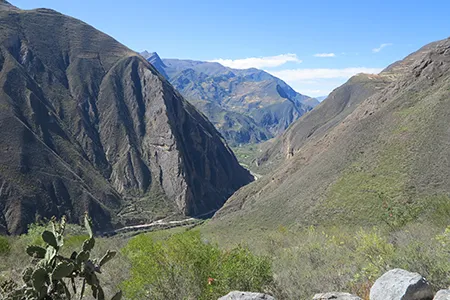
My current research focuses on the development of urbanism in highland Peru during the late second and early first millennia BC. Situated in highland Ancash, the site of Chavín de Huántar was a pilgrimage and trading center, as well as one of the earliest urban settlements in ancient Peru. Nearly a century of research at Chavín de Huántar has focused primarily on the monumental religious architecture that forms the core of the settlement. However, more recent investigation demonstrates that after 800 BC, the site witnessed the sudden growth of a large residential population numbering in the thousands. Where did all of these people come from and how was this ancient city supplied? Cross-cultural studies of pre-industrial cities suggest that the process or urbanism occurred in tandem with the development of rural communities, which form as populations are drawn into urban centers. To gain perspective on this issue requires the excavations of the rural communities that surrounded Chavín de Huántar. However, because of the 'humble' nature of small-scale archaeological sites they have only received scant attention.
Since 2014 I have been working on the ‘Chavín Hinterlands Project‘, which investigates archaeological sites in the Huari region, approximately 25 km to the north of Chavín de Huántar. This project, which is co-directed with Tulane PhD student Bebel Ibarra (and who is from Huari), aims to understand the relationship of rural communities to Chavín de Huántar. Our surveys of the Huari region have documented dozens of sites with occupations contemporaneous with Chavín de Huántar.

